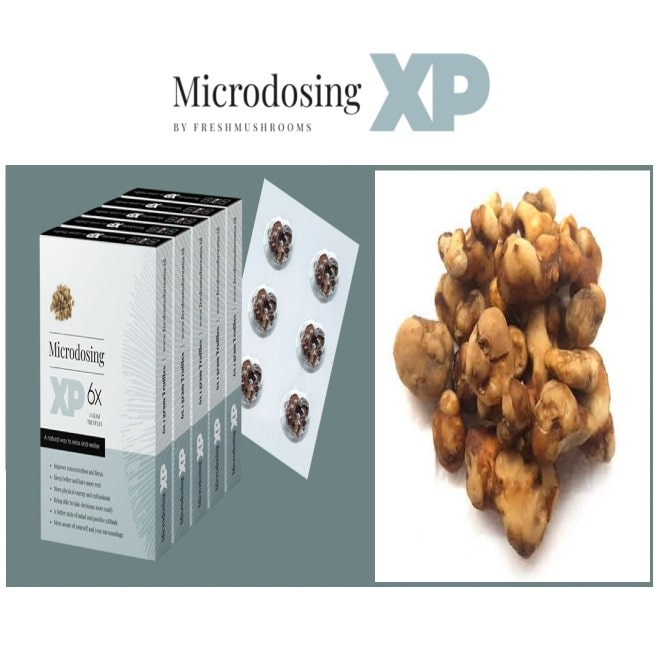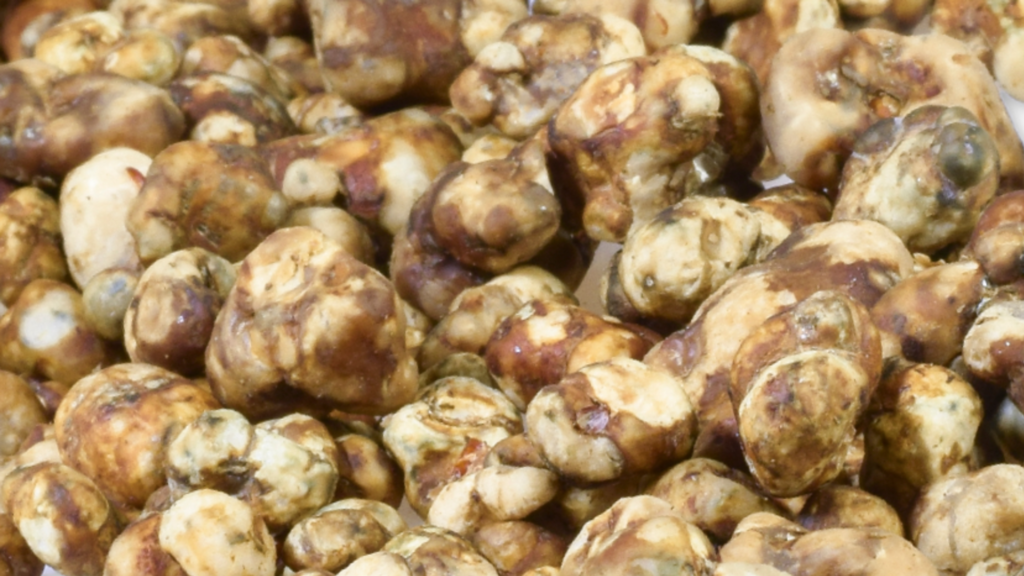
When using microdosing for your health, you might actually want to know about your progress. If you microdose for stress, for headaches or for anxiety, how can you find out if it helps? You can do that with microdosing tracking, a way to gain more insight into your microdosing journey. How microdosing tracking works, how to apply it and what the benefits are, you can read in this blog.
You microdose with truffles because of your health or well-being. Maybe you want to be able to handle stress better, maybe you suffer from chronic pain or sleep poorly. Whatever it is, eventually you want to make some change in that with microdosing. Microdosing can potentially help, but because the changes are often subtle and occur over long periods of time, they can be difficult to observe. Maybe you’re just overlooking the positive effects.
With microdosing tracking, you have a way to collect information. You track that information by giving a score to different categories, such as sleep or stress you experienced. You can then use those kinds of scores to create a graph or table. So you can make your microdosing progress much more visual. Therefore, there is a big difference between tracking and keeping a journal. In a journal you describe your experience, you reflect. That works more therapeutically, it’s an emotional outlet. Tracking is really meant to show in numbers your progress. Of course, you can very well use both ways.
As you start tracking your progress, you will also dwell on what your goal is going to be from microdosing. So you will have to start articulating that. To do this, you can set a goal or intention that you want to work toward. That can be powerful and give you the motivation to get serious about microdosing. And it gives you the footing to track whether you are working toward your goal.
Then, based on this goal, you can identify your current situation; this becomes the starting point from which you work. These are the variables as they are at the moment, before you start microdosing. You write these down and after the microdosing protocol you can compare them to how your symptoms or symptoms are then.
Because you keep track of your progress each day, it forces you to take a moment each day to reflect on how things are going. You dwell on your how you feel, your mental state, the pain you were suffering from or whatever it is that follows you. Normally we fly through the day, we are busy and almost never take time to reflect on how our day was. As a result, we miss the opportunity to learn more about ourselves, our bodies and our emotions.
Changes that are subtle and occur over long periods of time are very difficult for us to observe. It’s like growing up with children. Suddenly, they just got big. A slow change eludes us, until suddenly you see the result. This can also be done with microdosing. Personal change usually comes in small steps. If you cannot see these, you may feel that microdosing does nothing. Fortunately, microdosing tracking can help with this. It is a useful tool for observing the small changes that may occur during your microdosing journey. This also allows you to respond to that and keeps your motivation good. You can continue to develop and have confidence that you will keep moving forward.
It was mentioned above: microdosing tracking gives you the tools to respond to changes. That makes sense: if you don’t have insight, you can’t do anything with it. Microdosing tracking keeps your finger on the pulse of your progress. This makes it possible to respond directly to changes in your daily life and be even more active in doing so.

If this information has motivated you to start tracking your progress now, you must be wondering how you can do that. There are two ways to do that.
There are several apps that allow you to track your health. This can be an app for health in general, or specifically for sleeping, taking medication or a symptom/complaint tracker. Tracking your progress through an app is convenient, because these days everyone has their smartphone handy. You can take advantage of the conveniences that the app already brings, such as simply clicking boxes and updating everything quickly. Also, your progress is immediately visualized in graphs and overviews. The app can also remind you that you still need to track your progress. That way you won’t miss anything for sure!
If you prefer not to use an app, microdosing tracking can of course be done simply with pen and paper. By the way, you can use an app as an example to see what you can track. Try to note as many facets as possible. When it comes to sleep, also keep track of how you feel during the day, both emotionally and physically. Or if you want to track your headaches, note, for example, how they are in the morning, afternoon and evening, how you feel, how active you were and how you sleep and eat. Grade each item at multiple times throughout the day. That way you keep track of as many parts of your health as possible. Microdosing tracking is a convenient way to find out how effective microdosing is for you. Find a handy app in the Apple store or Google Play store or take a notepad or notebook to keep track of your progress. The more accurate you are, the more you will benefit.


